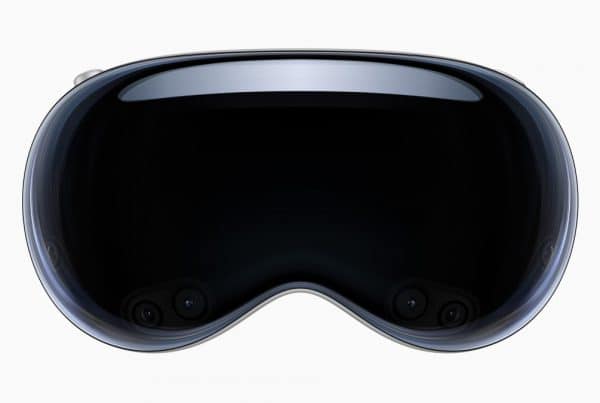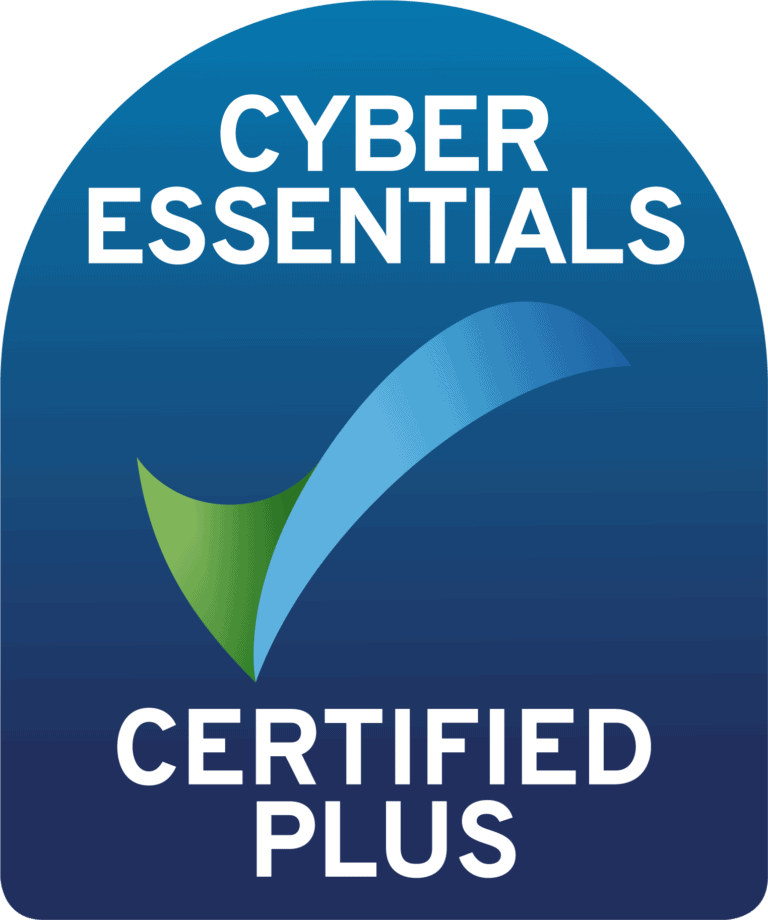IoT is already transforming automotive insurance. And it’s set to expand to other industries — having a similar impact for home, contents and health insurance. In the future, insurers will be the single touchpoint to monitor and manage customers’ risk.
Car Insurance
Usage-based insurance (UBI) is taking off for cars: analysts expect nearly 50% of the world’s vehicles to be covered by a usage-based policy by 2030.
And that’s no surprise given the potential benefits. Customers — particularly younger drivers — get an affordable policy. The policy can give rewards them for good driving and puts them in control. Insurance used to be an annual process, but with the help of IoT it’s becoming a more flexible, usage-based experience.
Home Insurance
IoT in the home doesn’t just mean digital assistants and smart fridges. In addition, it’s making homes safer, more secure places. Remote real-time video surveillance can alert homeowners and police to possible break-ins — and provide evidence in the event of vandalism. IoT-enabled temperature sensors provide fast alerts in the event of a fire. And flood detection systems mean leaks can be detected even if there’s no one at home.
All of this reduces risks for insurers, meaning they can offer more competitive cover, tailored policies and lower premiums for homeowners. And the cost of in-home connectivity could be split with partnering utilities companies.
Contents Insurance
Contents insurance can vary widely — covering anything from jewellery to bikes. And some of these items are at a high risk of theft. Discrete IoT devices can be installed in belongings such as TVs or boats so customers can track their location and have a higher chance of recovering stolen items.
This is enabling insurers to offer more competitive rates without shouldering any additional risk.
Health Insurance
Many people already have wearable IoT devices that they use to track their fitness. These can monitor exercise levels, blood pressure and heart rate, for example. They’re now increasingly being used by healthcare providers in order to remotely monitor patients with long-term illnesses. The data these devices gather is for the purpose of reducing risks for insurers. They have greater scope to tailor policies while delivering better offerings and services to their customers.







